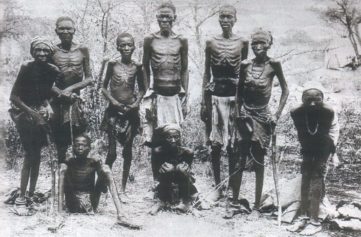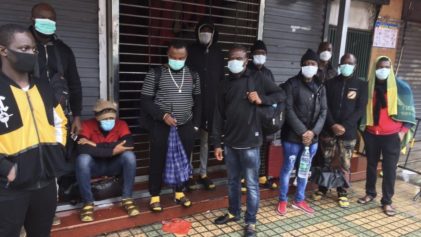Almost one million people are killed from malaria every year, and efforts to reduce the death toll are being thwarted by fake drugs. Over nearly a decade, more than one third of malaria vaccinations turned out to be fake or of poor quality in Southeast Asia and parts of Africa. A study revealed on Tuesday that the massive quantities of fake drugs are severely damaging hopes of fighting back against the parasitic disease.
Children in Africa, especially the sub-Saharan part of the continent, are the majority of those dying from malaria. The U.S funded review revealed that many of the malaria fighting drugs have the wrong chemical make-up, rendering them insufficient in fighting off the mosquito-transmitted disease. The increasing popularity of drug counterfeiting in China is believed to be the source of the issue. There are currently no strong international efforts to punish those believed to be responsible for making fake drugs. The possible gains of wealth from selling the drugs far outweigh the small risk of being punished for doing so. “The economic incentives for criminals of drug falsification surpass the risks involved in their production and sale,” said the authors who published the article in the Lancet Infectious Diseases journal.
The fake drugs are becoming very problematic for the malaria infested countries, because they are building up a resistance to medicines that are usually used to fight off the disease. Artemisinin-based drugs are currently the only widely effective medicine against malaria, but the fake drugs have caused some users to become immune to it. Scientists have no replacement drug to use in case the resistance to artemisinin becomes even more widespread, which may spell disaster for the 47 African countries that are plagued with malaria.
Lead author Gaurvika Nayyar of the Fogarty International Center at the U.S National Institutes of Health said, “We feel a sense of emergency considering the impact these medicines can have.” There are only three countries in African that have the technology to test for counterfeit drugs, which leaves 44 countries left to just hope for the best. Nayyar believes there is an urgent need for a universal law that “cracks down” on drug counterfeiters, especially those participating in cross-border trade. Michael Seear of BC Children’s Hospital in Vancouver, revealed that there have not been enough studies done in India or China, countries believed to be the strongest sources for most of the counterfeit drugs.
Researchers analyzed several published and unpublished studies dated between 1999 and 2010. They discovered that during this time 35 percent of over 1,000 drugs contained the wrong chemical make-up and more than half of the samples had not been packaged properly. After looking at another 1,260 samples, about 36 percent of those drugs were counterfeit. The majority of these findings were unreported and unpublished until now.


